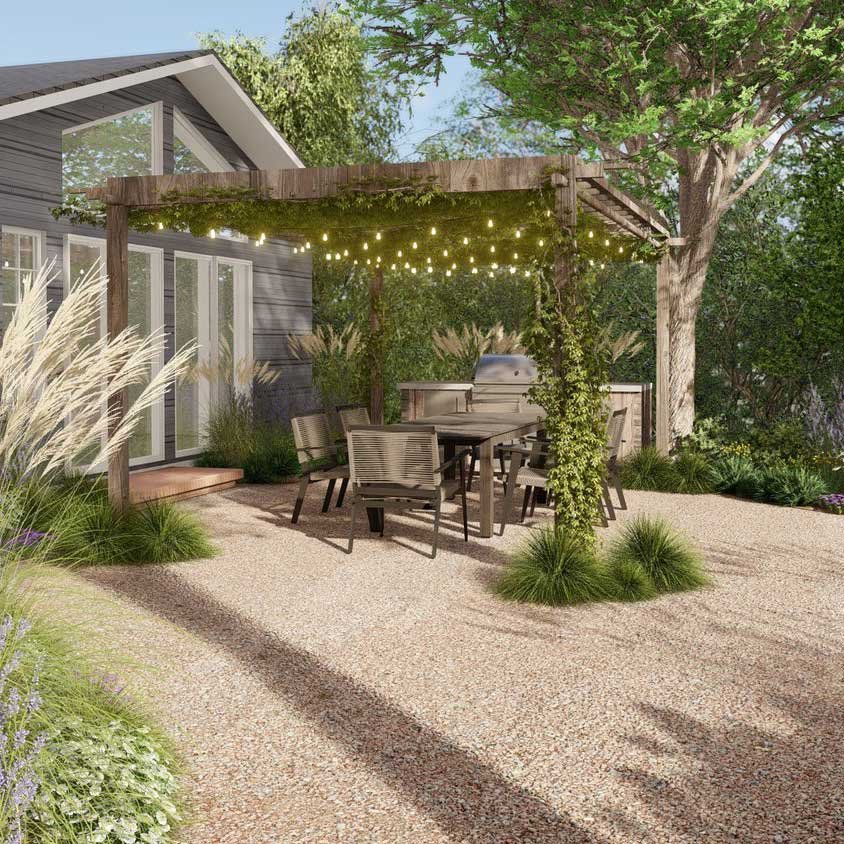The Basic Principles Of Landscapers
The Basic Principles Of Landscapers
Blog Article
6 Easy Facts About Landscapers Shown
Table of ContentsExamine This Report about LandscapersThe Basic Principles Of Landscapers Excitement About LandscapersNot known Incorrect Statements About Landscapers Facts About Landscapers Revealed
In the PNW there are semi-deciduous or semi-evergreen plants that might shed their leaves depending on how cold the wintertime is. - A level gathering area, made of wood or composite material (made to look like timber), typically adjacent or connected to a structure.:max_bytes(150000):strip_icc()/GettyImages-154046398-c39f1daf45a84601b328d78ed8630660.jpg)

This is a natural procedure, and the outcome can be used for paths and outdoor patios. - Secret landscape functions being proposed in a landscape style plan.
Landscapers - Questions
These objectives direct the style procedure, not the designer's style or preferences. Usual design objectives in Portland are reduced maintenance, drought tolerant, and pet friendly.
Nevertheless, over time this layer can obtain extremely thick and make it hard for water, sun, and nutrients to get to portions of the turf.- The procedure of collecting and regulating the flow of water on a property. This can be done with grading, French drains, completely dry wells, permeable surface areas, sump pump, rain yards, and a lot more.
Properties at the base of hills, with all-natural springs, or packed with hefty clay have one of the most drainage problems.- A sluggish feeding watering system that makes use of versatile tubing and emitters to send a precise amount of water to each plant. This is one of the most reliable method of irrigating plants. - The ability of a plant to survive without much summer water.
- A garden function where water is represented by an aggregate stone product, normally a crushed rock or granite. These are most generally found in modern-day and Japanese garden design.- A rock or flagstone patio, course, or pathway constructed without a concrete base. The base would be compressed crushed rock and the joints would certainly be an aggregate or walkable ground cover.
Not known Facts About Landscapers
- A rock preserving or complimentary standing wall built without making use of mortar. A very skilled mason is needed for a dry pile rock wall surface. Most walls in Portland are not dry piled, also if they appear to be. - An underground structure that collect water and enables it to slow percolate right into the soil around it.
Landscape style that works with a sites' environment in both appearance and sustainability without adverse effects to the environment. Bordering in the landscape is a line of separation that creates visual interest in the garden by dividing one segment from one more section. This can be visual or useful, maintaining one aspect (such as pea crushed rock) from getting blended right into another (like bark dust).
Locations can likewise have a sensation of "enclosure" given by trees, other plantings, fencings, or screens. The landscape near the access to a structure. A tree, hedge or creeping plant, educated to grow on a wall surface or fencing into a specific pattern. Particularly beneficial for fruit trees, making it very easy to collect the fruit and including mess.
A plant that is not indigenous to the place where it will certainly be grown. Thicker bladed lawn grass that spread out through rhizomes.: The level of soil on your home before bark dirt or compost is spread.
Landscapers Fundamentals Explained

The objective, reason, or activity that a location is be landscaped for. Space for expanding plants for seeing, consuming, or physical task.
Rock product, either rounded or fractured, that is reasonably small- typically 1" or less. Low plants that are permitted or motivated to spread over an area. Can refer to any "tough" yard aspects consisting of statuary or rocks yet the majority of frequently is used to refer to courses, patios, and walls.: Elevation difference in between the degree of water in a pond (or the degree of the pump if it sits outside the fish pond) and the top outlet of water which affects efficiency of the water pump in gph (gallons per hour). Thick hedges or trees that create a fence, screen, or border.

Get This Report about Landscapers
Typical PNW landscapes are casual. A plant that spreads out even more than preferred, or into habitats where it does damages.
Smart irrigation controller testimonials and recommendations right here. 2-D making of the recommended irrigation system. Can consist of head positionings and protection, pipeline sizing, GPM specifications, and products required to mount this system. An irrigation strategy is usually unnecessary for domestic homes but prevails for industrial jobs. Licensed specialist who creates landscapes, coached in design and style along with visit this website in cultivation.
Landscape designers typically have much less schooling than Landscape Architects and are not licensed. A finished landscape style, outlining all aspects for the new landscape.
A water limited HDPE material used beneath ponds, streams and waterfalls in water functions. Utilizing numerous growings of the same variety to load in an area in the discover this landscape.
Report this page